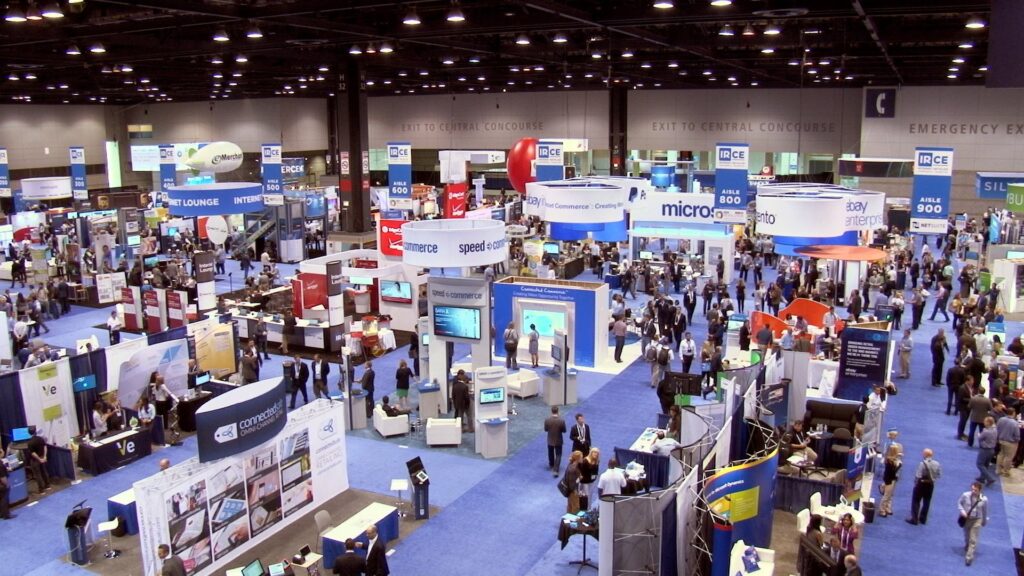
Crystal Trade show event management involves a comprehensive series of steps to ensure a successful and impactful event for exhibitors and attendees. This includes defining objectives, researching the target audience, selecting a venue, creating a marketing strategy, managing logistics, and securing vendors and staff. Effective trade show management also encompasses booth design, lead capture, and post-event follow-up.
- Planning & Strategy:
Define Objectives:
Clearly outline what you want to achieve with the trade show, such as lead generation, brand awareness, or product launches.
Research and Target Audience:
Understand your target audience’s interests, needs, and demographics to tailor your booth and messaging accordingly.
Venue Selection:
Choose a venue that is accessible, well-suited to your needs, and aligns with your budget.
Develop a Marketing Strategy:
Create a plan to promote the event, attract attendees, and engage with them both before and during the event.
Budgeting:
Establish a clear budget and manage expenses throughout the planning and execution phases. - Logistics and Operations:
Booth Design and Layout:
Create an engaging and functional booth that attracts attention and facilitates interaction.
Logistics:
Coordinate all aspects of the event, including transportation, setup, and teardown.
Staffing:
Select and train staff members who can effectively represent your brand and interact with attendees.
Vendor Management:
Secure necessary vendors for services like catering, audio-visual equipment, and security.
Technology Integration:
Utilize tools like lead capture systems and mobile apps to enhance the attendee experience and streamline operations. - Event Execution:
Booth Setup and Testing: Ensure the booth is properly set up and all technology is functioning correctly before the event begins.
Engage with Attendees: Actively engage with attendees, answer questions, and capture leads using appropriate tools.
Networking: Participate in networking events and schedule meetings with key prospects.
Demos and Presentations: Conduct product demos and presentations to showcase your offerings.
Event Day Debrief: Conduct regular debriefs with your team to assess progress, identify areas for improvement, and make necessary adjustments. - Post-Event Follow-Up:
Lead Qualification:
Follow up with leads promptly and efficiently.
Gather Feedback:
Collect feedback from attendees and exhibitors to evaluate the event’s success and identify areas for improvement in future events.
Report on ROI:
Analyze key performance indicators (KPIs) to measure the return on investment (ROI) of your trade show participation.
Thank You Notes:
Send thank you notes to attendees and vendors to show appreciation for their participation.
Crystal Trade Show Food Stall < Visit >
Let’s Discuss an Trade Show < WhatsApp >